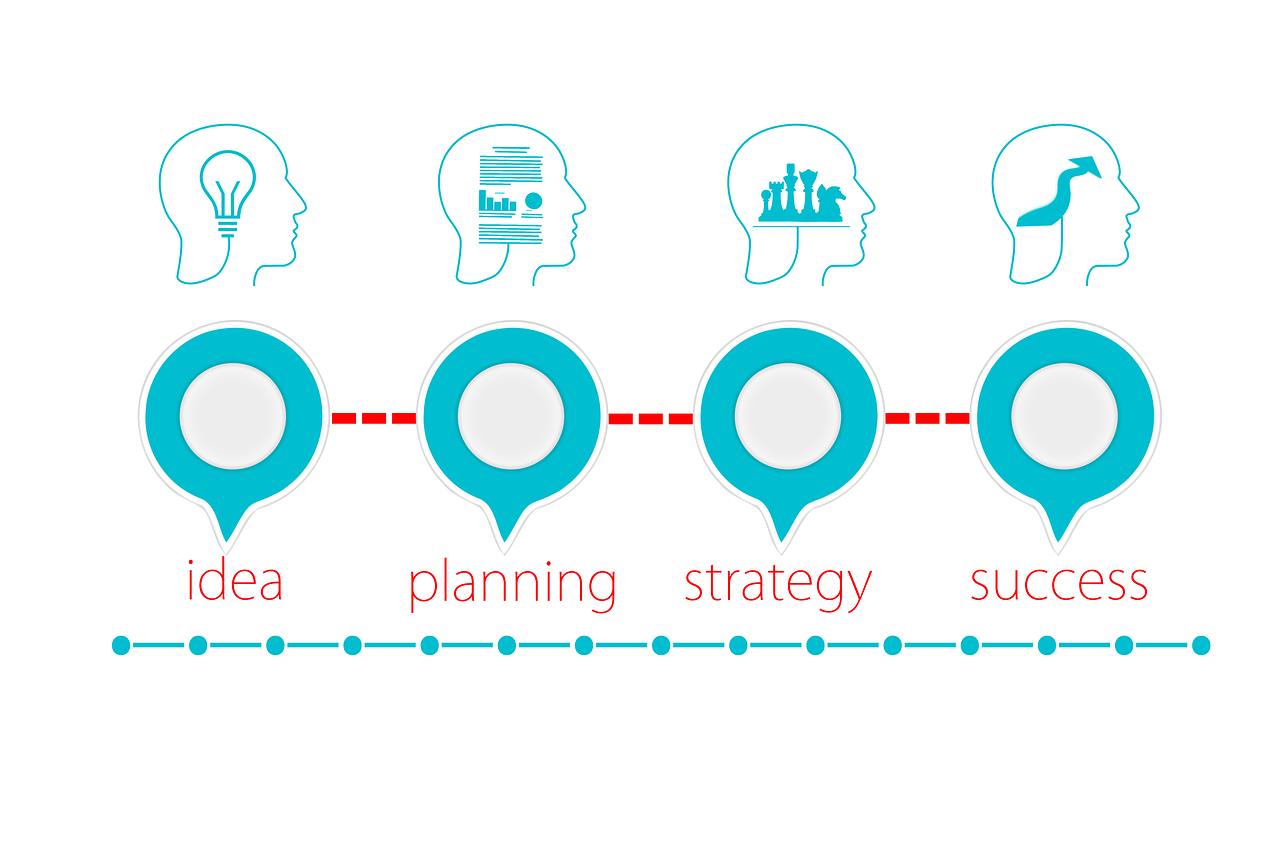
So, you’ve just completed a SWOT analysis for your business, examining its Strengths, Weaknesses, Opportunities, and Threats. Now what? How do you turn that pile of notes into actionable steps that propel your business forward? Fear not, as we break down the next steps in layman’s terms.
- Prioritize Your Findings: After your SWOT analysis, you likely have a list of factors to consider. Start by identifying the most critical elements in each category. What are the strengths that set you apart? Which weaknesses need immediate attention? What opportunities can be seized, and what threats should be mitigated urgently?
- Set Clear Goals: Armed with the insights from your SWOT analysis, set specific and achievable goals. Whether it’s addressing a weakness, leveraging a strength, exploring an opportunity, or mitigating a threat, having clear objectives provides a roadmap for your actions.
- Develop an Action Plan: Break down your goals into actionable steps. What tasks need to be completed? Who is responsible for each task, and what is the timeline? Having a detailed action plan ensures that everyone is on the same page and helps track progress effectively.
- Focus on Strengths: Leverage your strengths to your advantage. If your SWOT analysis revealed a standout product or exceptional customer service, capitalize on these aspects. Reinforce what’s working well to maintain and enhance your competitive edge.
- Address Weaknesses: Tackle weaknesses head-on. Whether it’s improving internal processes, employee training, or investing in technology, addressing weaknesses is crucial for long-term success. Consider seeking external help or training if necessary.
- Explore Opportunities: Identify and explore new opportunities. Your SWOT analysis may have unveiled potential markets, untapped customer segments, or emerging trends. Develop strategies to capitalize on these opportunities and expand your business.
- Mitigate Threats: Develop strategies to mitigate potential threats. This could involve contingency plans, risk management strategies, or diversification efforts to minimize the impact of external challenges.
- Regularly Review and Adjust: Business landscapes are dynamic. Regularly review your goals and progress. Stay flexible and be prepared to adjust your strategies based on changes in the market, industry, or internal dynamics.
- Communicate and Involve Your Team: Ensure everyone in your team is aware of the findings and involved in the implementation of the action plan. Effective communication fosters a sense of ownership and encourages a collaborative effort toward achieving the set goals.
- Celebrate Successes and Learn from Failures: Acknowledge and celebrate achievements, no matter how small. Conversely, treat setbacks as learning opportunities. Regularly evaluate what worked well and what could be improved to refine your business strategies continually.
In essence, a SWOT analysis is a valuable tool to assess your business environment, but the real magic happens when you turn those insights into tangible actions. Prioritize, set goals, and develop an action plan. Capitalize on your strengths, address weaknesses, explore opportunities, and mitigate threats. Regularly review and adjust your strategies, and most importantly, involve and communicate with your team throughout the process. With these steps, you’re well on your way to navigating the path to business success.
Our Services

































